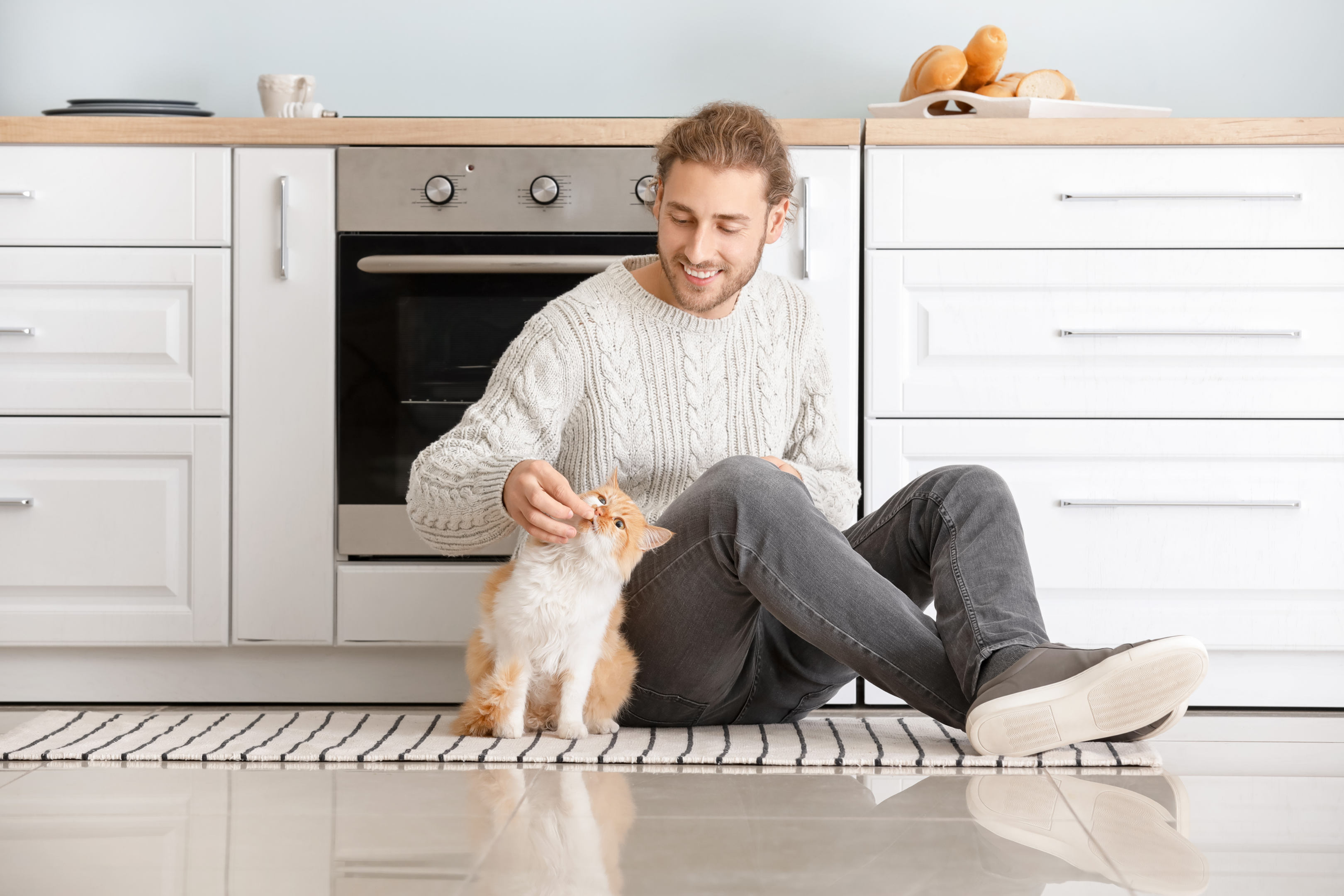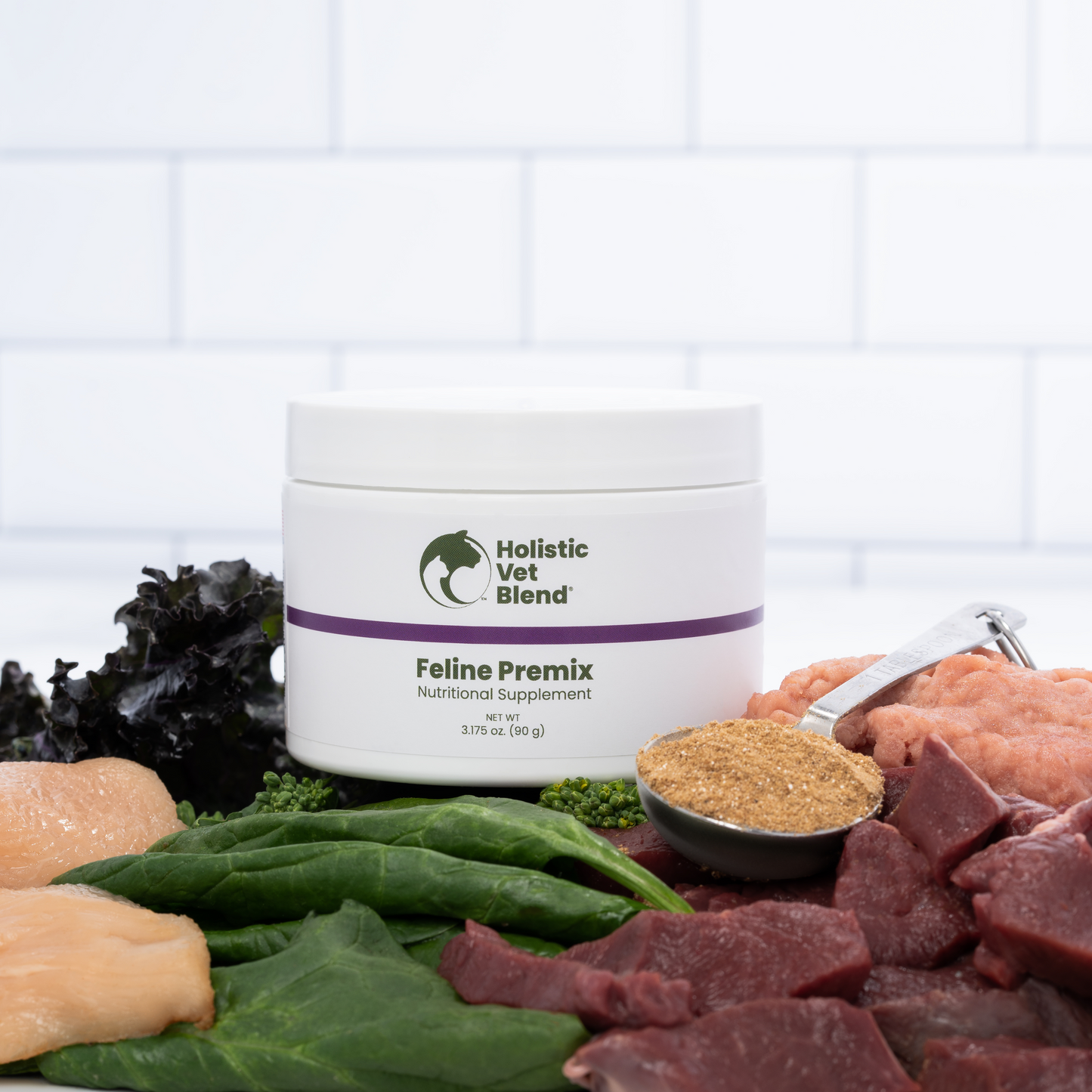
Reasons To Consider Switching Cat Food
Feeding wet food to cats offers a multitude of health benefits that cater to their natural dietary and nutritional needs, as obligate carnivores. The higher moisture content in wet food helps maintain proper hydration, a crucial factor in preventing kidney issues and urinary tract problems like FLUTD. Additionally, the soft texture of wet food aids in easy digestion, reducing the risk of constipation and hairball formation. For feline friends struggling with weight management, wet food's lower caloric density promotes portion control and weight maintenance. Contrary to popular belief, wet food also contributes to dental health by being gentler on their teeth and gums.
Transitioning to a wet food diet requires patience and gradual change, but the positive impact on a cat's overall health is undoubtedly worth the effort. By selecting high-quality wet, high quality pet food, varieties and consulting with a veterinarian for personalized nutrition advice, cat owners can ensure their furry companions enjoy a purr-fectly balanced and nourishing diet.
Benefits of switching cat foods
- Better Hydration: Dry food contains minimal moisture content, leading to dehydration
- Healthier Digestion: The low moisture content and high carbohydrate content in dry food can contribute to digestive problems, such as constipation and irritable bowel syndrome.
- Decreased Urinary Tract Problems: Dry food's lack of moisture can lead to concentrated urine, increasing the risk of urinary tract issues
- Obesity: The caloric density and high carbohydrate levels in many dry foods can lead to obesity
- Dental Health Concerns: Contrary to popular belief, dry food is not a reliable means of promoting dental health in cats, and it may not effectively prevent dental issues.

What You Should Know About Switching Cat Foods
Changing foods for cats can be a challenge as many resist anything new. Technically the term is cats have “neophobia”. Many become addicted to kibble or the carbohydrates in kibble. Carbohydrates give a natural rush of glucose and than a crash after that leads humans and even cats to go back for more.
Cats can be notoriously finicky
There is a 1 Billion dollar industry centered around chemical called palatants that are added to food to get cats to eat what they would ordinarily not. Think MSG added to human foods, but at least that must be declared on the label by law. These additives are usually designated as natural flavoring on the label.
Natural flavorings means derived from an animal or plant. As a veterinarian, I find this frustrating as I like to know what is in food in the case of possible food allergy. And the different pet food manufacturers have proprietary blends they use in all their flavors so that cats will be more likely to eat all of them. Transitioning your cat's diet from kibble can be challenging, but it's essential for their health and well-being.
Patience is key

Remember that transitioning your cat to a new food can take time. It's normal if your cat takes a few weeks to adjust to the new diet fully. Continue to monitor their health and appetite throughout the transition period.
Make it a positive experience
Ensure that your cat has a pleasant and comfortable environment to eat in, free from stressors like loud noises or other pets. Offer praise and positive reinforcement when your cat is eating their new food.
Steps for Switching Your Cat's Food / Tips for Picky Eaters
- Do not free feed. Get away from this by gradually decreasing amounts of kibble so that your cat is hungry when you bring out the new food. Try to have the kibble run out so that you can time offering the new food when they are hungry.
- Start slow. Cats can be notoriously picky eaters, so it's important to transition them gradually. Begin by mixing a small amount of canned or homemade food into their kibble, increasing the amount of new food and decreasing the kibble over time.
- Warm Up Cold or Refrigerated Wet Food Before Feeding. Try different temperatures: room temperature, or slightly warmed which can make the odor stronger.
- Drizzle a little tuna or sardine juice in water over the food to entice. Try a sprinkle of parmesan cheese. Warming slightly can also cause the odor to be stronger.
- Consider a wider bowl or plate when you feed. Cats do not like their whiskers to touch their whiskers to the bowl when eating.
- Put a dab on your finger and entice them to try it.
- Do not give up until you have tried the new recipe three times.
- For gravy lovers, you might try making your own gravy with some canned tuna and water or bone broth.
- Consider adding wet food to dry food. Use a coffee grinder to grind up the kibble and sprinkle on the canned food. a small amount of kibble on top of the homemade food and hopefully, they will try the new food when they get to the bottom of the kibble.
- Cats can get bored with the same food daily, so consider offering different flavors and textures of canned or homemade food to prevent boredom and encourage a healthy appetite.
- If your cat is hesitant to try new cat food, try adding a topper like shredded chicken, tuna, or a sprinkle of nutritional yeast to entice your cat to eat.
- Freeze servings that you can thaw out and rotate through different flavors for variety.
- Garnish with catnip, a sprinkle parmesan cheese, tuna juice, or bonito flakes on the food to get them to eat it.
- Avoid adding medication to food as it can potentially cause food aversion.
Switch Cat Food Slowly
It’s important for pet parents to note that a cat cannot go for more than a day without eating. A complete refusal for even a short time can cause a serious condition known as hepatic lipidosis. And of course, a vet visit is warranted when there is unexplained weight loss. It’s especially important to be patient with cats that have a medical condition.
It can be frustrating transitioning a finicky cat to a healthy diet but in the end it will be worth it! Be patient and persistent. Take a break and try again if you have to.











